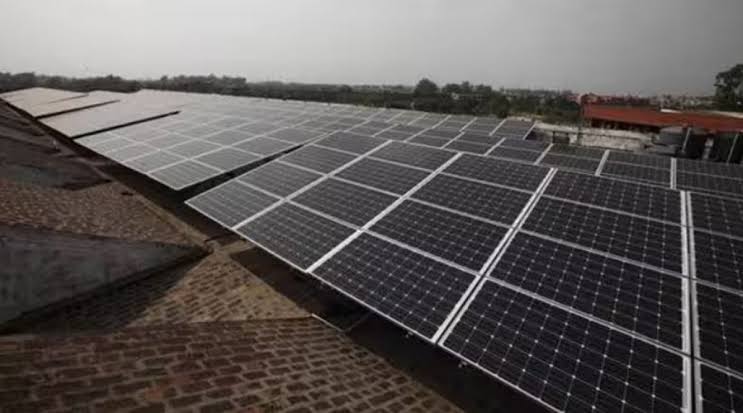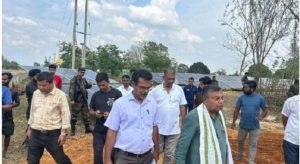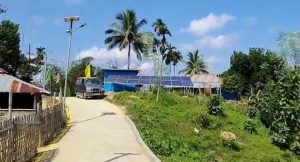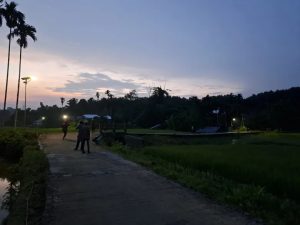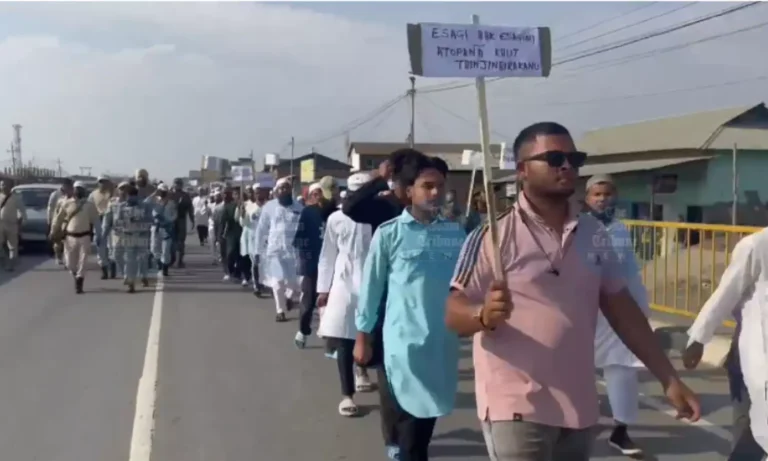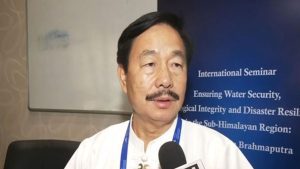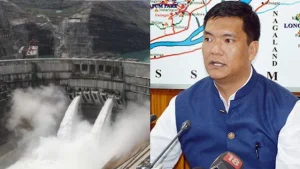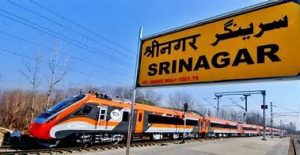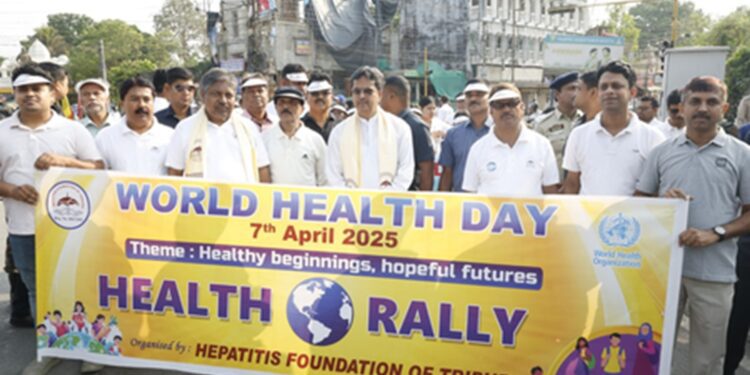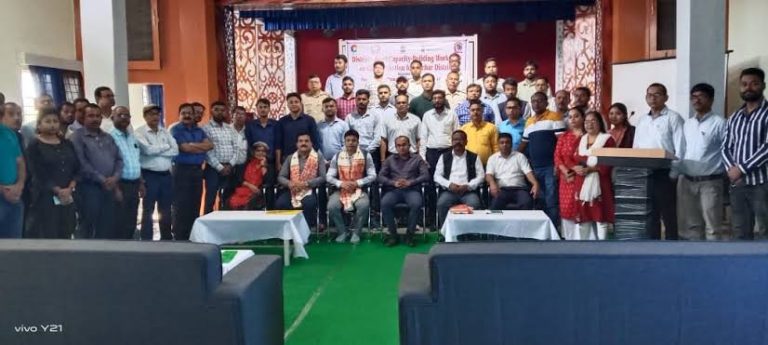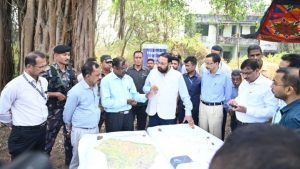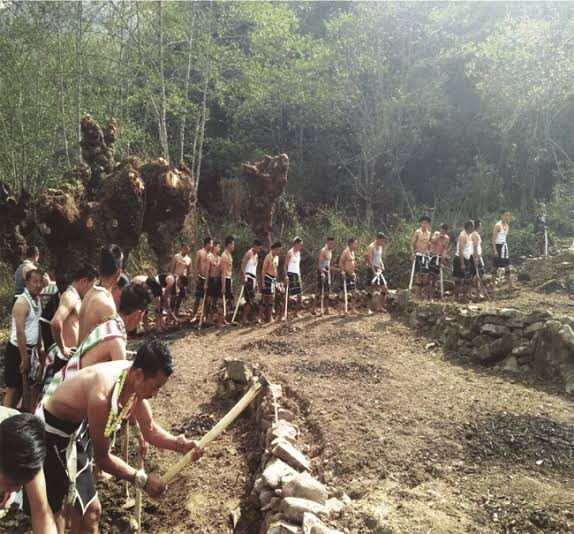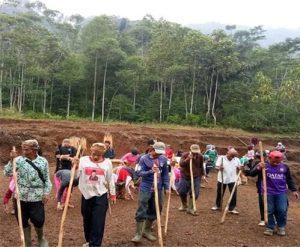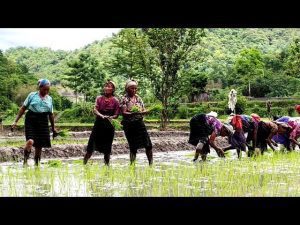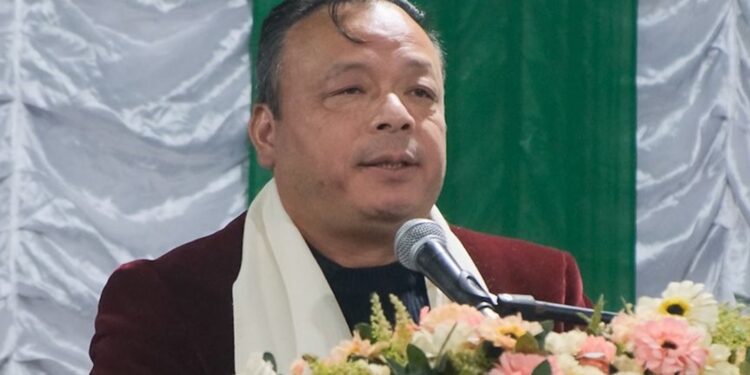Union Home Minister Amit Shah on Sunday reviewed the progress of the three new criminal laws in the Northeast (NE) states, emphasizing that police forces should shift their focus from insurgency to ensuring citizenship rights.
Police Must Prioritize Citizens’ Rights
Addressing a high-level meeting attended by seven Chief Ministers from the region, Shah highlighted the changing role of law enforcement in the Northeast. He noted that while the police have historically focused on counter-insurgency operations, the near-eradication of insurgency now necessitates a shift toward protecting people’s lives, property, and dignity.
In a post on X (formerly Twitter), Shah reiterated his directive to monitor progress and ensure that the police uphold citizens’ rights under the new legal framework.
Implementation of New Criminal Laws in the Northeast
The meeting assessed the progress of implementing the recently introduced laws:
• Bharatiya Nagarik Suraksha Sanhita (BNSS)
• Bharatiya Nyaya Sanhita (BNS)
• Bharatiya Sakshya Adhiniyam (BSA)
These reforms, introduced after 45 months of deliberation, aim to modernize India’s legal system by streamlining justice delivery and enhancing accountability.
During the meeting, each of the eight NE states provided updates on the implementation process. Bureau of Police Research and Development (BPR&D) Director General Rajeev Kumar Sharma made the final presentation, detailing the current status and challenges.
Call for Efficient Prosecution and Crime Registration
Shah emphasized that strengthening the Directorate of Prosecution is crucial for ensuring justice. He urged state governments to avoid political interference in cases related to terrorism, mob lynching, and organized crime.
He directed that:
• 100% police personnel in the Northeast must be trained in the new laws.
• Monthly review meetings should be conducted by Chief Ministers.
• Fortnightly assessments should be carried out by Directors General of Police (DGPs) and Chief Secretaries.
Speeding Up Justice Delivery and Crime Investigation
Shah stressed that new laws will significantly transform law enforcement, ensuring that justice is delivered within three years of an FIR being filed. He praised the Assam government for achieving a 66% charge sheet filing rate within the 60-90 day timeframe, urging other states to adopt a similar approach.
Additionally, he advocated for:
• The implementation of e-Sakshya for digitized evidence management.
• Hiring more scientific officers to improve forensic investigations.
• Utilizing the Trial in Absentia provision to prosecute fugitive criminals.
Reactions from Northeast Leaders
After the meeting, several Northeast Chief Ministers expressed their commitment to the new legal framework:
• Assam CM Himanta Biswa Sarma called the reforms a “watershed moment”, ensuring a justice system rooted in impartiality, efficiency, and modern techniques.
• Arunachal Pradesh CM Pema Khandu hailed the laws as a “historic transformation”, enhancing transparency and efficiency.
• Tripura CM Manik Saha emphasized citizen-centric policing, echoing Shah’s call to prioritize securing citizens’ rights.
The meeting also saw participation from Meghalaya CM Conrad K Sangma, Nagaland CM Neiphiu Rio, Mizoram CM Lalduhoma, and Sikkim CM Prem Singh Tamang.
Central Government’s Commitment to Justice Reforms
Shah reaffirmed that under Prime Minister Narendra Modi’s leadership, the central government is dedicated to building a speedy and transparent justice system. He emphasized that police stations should become centers of justice, urging timely crime registration and community-level engagement.
As a step toward widespread awareness, Shah also launched “New Criminal Laws: Standard Operating Procedures and Rules,” a book published by the Assam CID.
With the Northeast’s legal landscape undergoing a major transformation, Shah’s directives aim to strengthen law enforcement, ensure swift justice, and reinforce citizens’ rights. As states gear up for full-scale implementation, the focus remains on efficient policing, legal training, and eliminating bureaucratic delays to create a safer and more just society.

